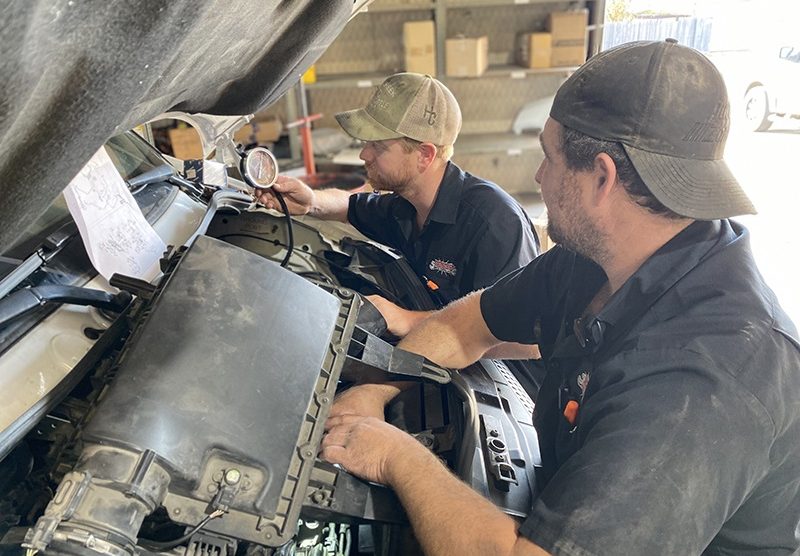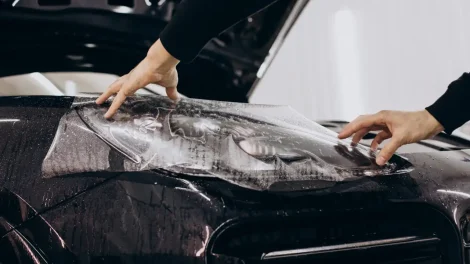Rust, the bane of many car owners, is a persistent issue that can significantly impact the appearance and structural integrity of your vehicle, particularly the hood. Understanding how rust forms and the specific vulnerabilities of your car’s hood is crucial for proactive maintenance and preventing long-term damage. This article will delve into the process of rust formation and explore the specific ways it affects the hood, along with vital information for car owners.
The Science Behind Rust Formation
Rust, chemically known as iron oxide, is formed through a process called oxidation. This occurs when iron or iron alloys, like the steel used in car hoods, are exposed to oxygen and moisture. The presence of electrolytes, such as salt or acids, accelerates the process. The oxygen molecules react with the iron atoms, forming iron oxide, which we recognize as rust. This rust weakens the metal structure, causing it to corrode and eventually crumble. In the context of your car hood, exposure to rain, snow, road salt, and even humid air can contribute to the formation of rust.
Why Car Hoods are Particularly Vulnerable to Rust
Car hoods are susceptible to rust for several reasons. Firstly, they are constantly exposed to the elements. Rain, snow, and sunlight all contribute to the degradation of the paint and protective layers, leaving the metal underneath vulnerable. Secondly, the hood’s design often includes crevices, seams, and edges where moisture and debris can accumulate, creating ideal conditions for rust to form. Furthermore, damage to the hood’s paint, whether from scratches, stone chips, or accidents, exposes the underlying metal directly to the elements, significantly increasing the risk of rust development. This is where you would need to have the European Auto Repair in Middle River, MD based service by your side.
Rust’s Threat to Structural Integrity
Rust not only mars the appearance of your car hood but also weakens its structure. As rust forms, it expands, causing the metal to flake and peel away. This process gradually erodes the metal, reducing its thickness and overall strength. Over time, severe rust can lead to holes, warping, and complete structural failure of the hood. A weakened hood compromises the vehicle’s safety, especially in the event of a collision. Moreover, corrosion can spread to other nearby components if left unchecked, exacerbating the problem and leading to costly repairs.
Prevention and Early Detection: Key to Protecting Your Hood
Preventing rust is far more effective than repairing it. Regular washing and waxing of your car, especially after exposure to road salt or harsh weather, helps to protect the paint and prevent moisture from reaching the metal. Applying rustproofing treatments or sealants can further enhance protection. Regularly inspect your hood for any signs of rust, such as small bubbles, discoloration, or flaking paint. Addressing these issues early with rust converters or professional repair can prevent the problem from escalating and save you money in the long run. Prompt action is crucial to maintaining the integrity and appearance of your car hood.



